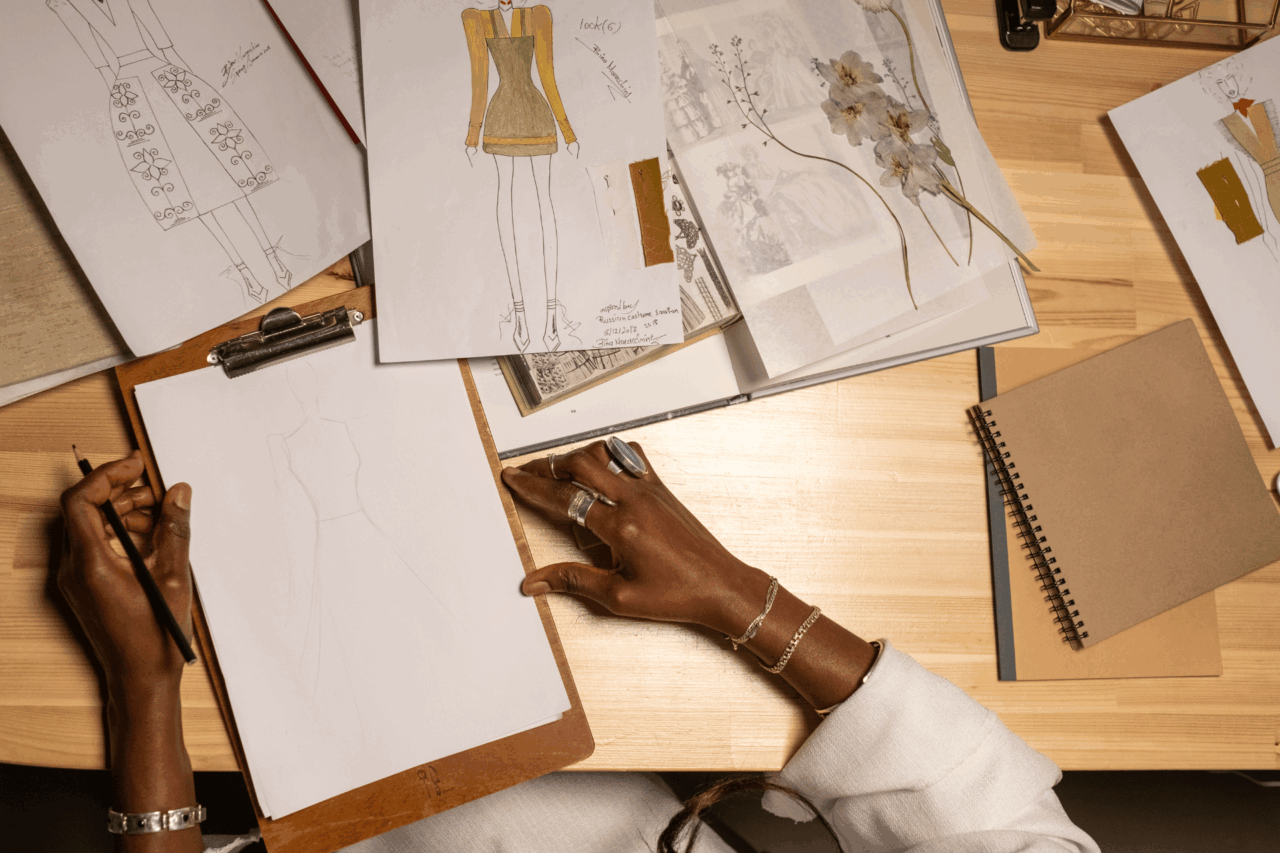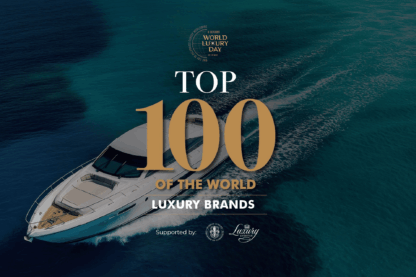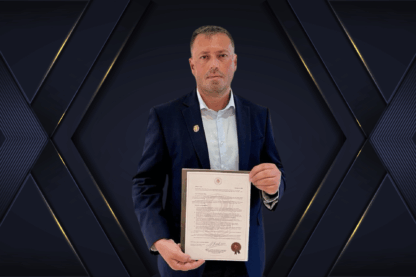Sustainability, transparency, and ethical practices are taking center stage in the fashion world, and a powerful new story is unfolding far from the traditional fashion capitals. Deep in the Brazilian Amazon, Indigenous designers are stepping into the spotlight as creators, entrepreneurs, and cultural leaders.
With the city of Belém in Brazil set to host the upcoming COP30 climate summit, the world’s attention is turning toward the Amazon as a region rich in creative talent, knowledge, and innovation. For luxury industry insiders, this is a wake-up call and an invitation. It challenges brands to rethink how they work with Indigenous communities—not through appropriation or surface-level storytelling, but through real collaboration and deeper respect for the people and traditions shaping the future of fashion.
The history is well known—artisans’ works copied or purchased cheaply, only to be resold at high-end prices by national and international brands. The result is a deep-rooted mistrust, as well as a demand from Indigenous leaders to shift the narrative. Despite ongoing threats from deforestation and leather production, local designers are modeling a vision of fashion that respects biodiversity and strengthens community resilience.
Designers like Maurício Duarte and Sioduhi Waíkhᵾn are pioneering this model by blending traditional materials, weaving methods, and storytelling with modern branding and business training. Duarte’s presence at São Paulo Fashion Week and his work with dozens of Indigenous families have brought national attention to ancestral knowledge reinterpreted through contemporary fashion. Waíkhᵾn’s concept of “Indigenous Futurism” empowers artisans to maintain their cultural roots while gaining the business tools needed to succeed on their own terms.
This shift is also being driven by education and structured support. MI Moda Indígena, co-founded by Rebeca Ferreira, offers one of the most promising platforms for training a new generation of Indigenous creatives. Through its five-month curriculum, supported by Brazil’s Sebrae agency, students learn design, tailoring, marketing & more —all while grounding their work in their cultural identities. The program’s success, seen in international showcases and growing demand, is also a reflection of its community-first philosophy.
Global brands are increasingly partnering with local artisans to foster ethical and beneficial relationships. A notable example is the Brazilian brand Osklen, which in 2016 collaborated with the Asháninka community. Osklen drew inspiration from their traditional patterns, paying royalties that enabled the Asháninka people to build a school in their village. This positive trend is further supported by initiatives like the guide launched last year by Conservation International, in partnership with Kering and Textile Exchange, aimed at improving fashion’s engagement with Indigenous communities. For the luxury industry, this is more than an ethical opportunity—it is a chance to redefine value through reciprocity and respect.
Some conclusions:
- Amazonian designers are reclaiming authorship over their cultural heritage, combining ancestral craftsmanship with contemporary designs.
- The industry must shift from appropriation to partnership, ensuring Indigenous collaborators are acknowledged and empowered.
- Sustainable fashion in the Amazon means small-scale, high-value production rooted in natural materials and local knowledge.
- True luxury, in this context, is not just about aesthetics—it is about fairness, sustainability, and cultural integrity.
Global luxury brands must listen, learn, and most importantly, collaborate with fairness. As the industry faces pressure to align with climate and social responsibility, Amazon’s artisans are authors of the future, making them invaluable partners in shaping a more sustainable and equitable path forward.
Stay up to date on the latest luxury industry news: https://worldluxurychamber.com/insights-news/
SOURCES: VOGUE BUSINESS





